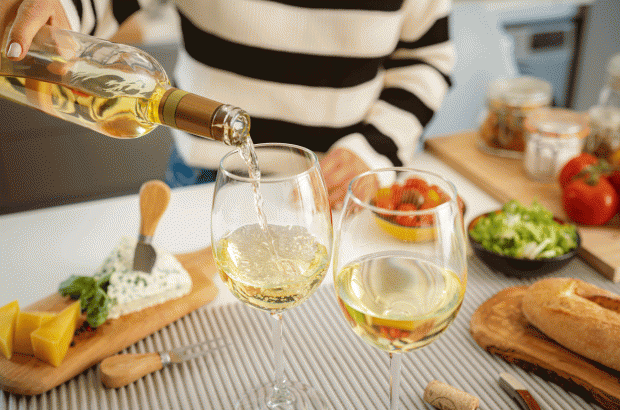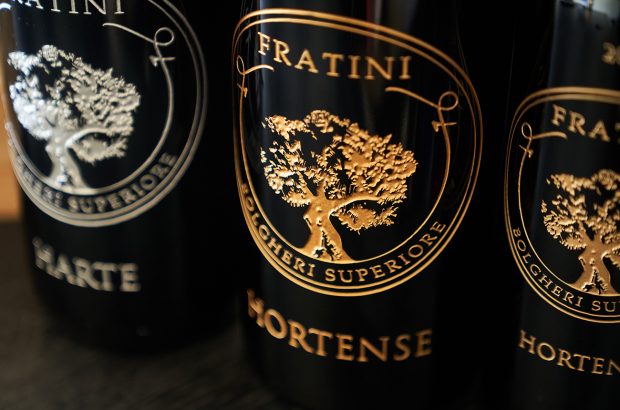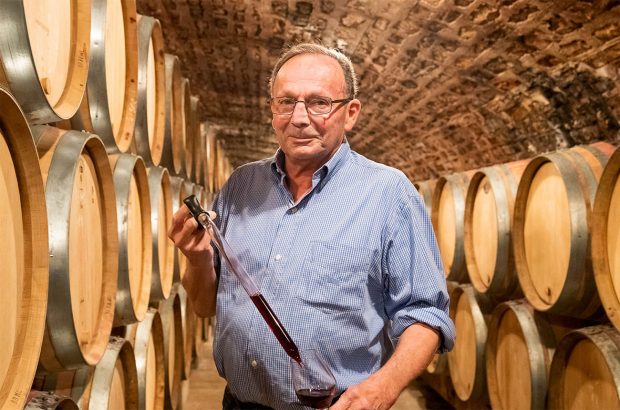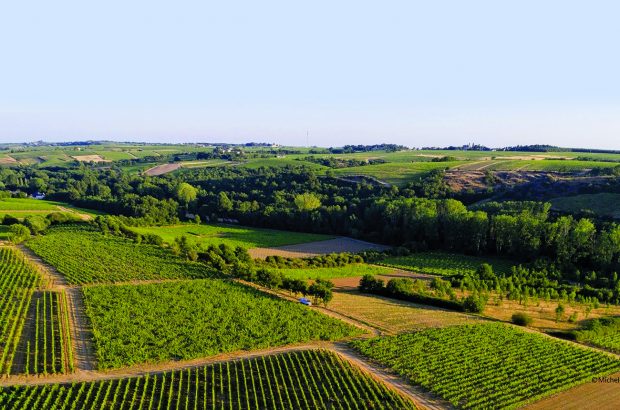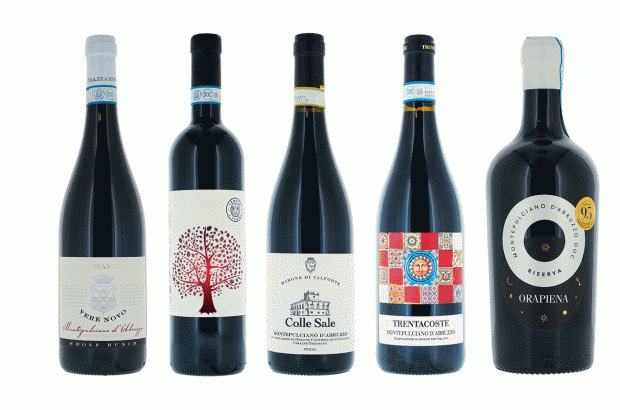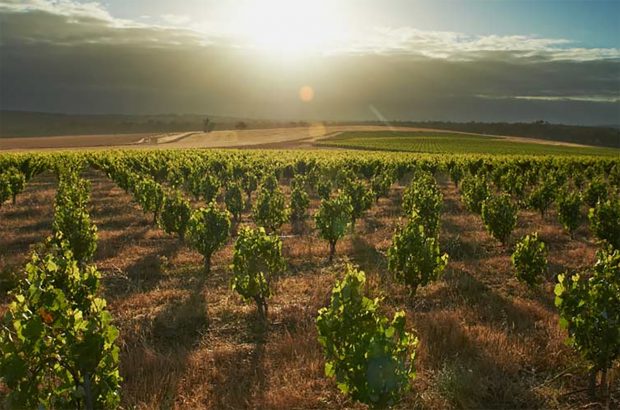A crocodile of poncho-wearing tourists trail behind a cruise-ship guide in the aftermath of a downpour in St-Emilion. It’s an unseasonably soggy summer day in the medieval town and the steep, narrow lanes are treacherous, but that’s not deterring thousands of visitors: American voices mingle with French, German and Chinese, filling the cafés and keeping the wine stores – which advertise that they ‘speak English with a French accent’ – ticking over. 2019 is 20 years since the town achieved UNESCO World Heritage status, and a survey by the town’s tourism office says that 30% of all those who visit come because of that status.
Yet St-Emilion has hardly promoted its position as a World Heritage site since 1999. Locals can’t recall any meaningful celebration of its newly protected status, and today only six in 10 members of the tourist board can recall which year it was granted. The town and its people are only now starting to realise that they should be championing their UNESCO credentials – better late than never.
Jean-François Quenin, owner of Château de Pressac, explains: ‘I think we brushed it under the carpet and are realising that we have not managed the UNESCO status properly.’ Quenin was president of the St-Emilion wine council between 2008 and 2015, and he now berates himself for letting the 10th anniversary pass without so much as a murmur. The value of World Heritage status has only become apparent through the backing of high-profile individuals in recent UNESCO applications.
‘Now we see all the other vineyards like Champagne and Burgundy, and all the wine growers were behind it: Aubert de Villaine headed the Burgundy application. It was just administrative people here – it should be about everybody working together.’
Indeed, in early 2014, the co-owner of Domaine de la Romanée-Conti was travelling far and wide, making the last push for Burgundy’s UNESCO bid. On a visit to New Zealand, he told me that he had been working on the project on a part-time basis since November 2006. ‘The reasons we started the UNESCO project – and why I got so involved – were, first, I had learned over the years how different Burgundy was from any other wine region, and how special and interesting it is. I thought this was a chance to show the world what Burgundy is in reality – beyond the folklore, the things that have been said about Burgundy,’ he explained. ‘Second, perhaps the most important for me, was the chance for the people of Burgundy, especially the vignerons, to become conscious that they had in their hands a precious, very old, high-value, unique place in the world. It is very important that its integrity is kept, to be passed to the next generations with its essence.’
In 2015, the efforts of de Villaine and the Burgundy team paid off. Along with the hillsides, houses and cellars of Champagne, the 1,247 climats (individuals terroirs) of the Côte d’Or were accepted into the World Heritage family as a cultural landscape worth protecting. And they celebrated, with an open invitation to all locals to bring their rugs and picnic baskets to Château de Meursault for a night of food, wine, music and fireworks. The Burgundians have now created a month-long annual festival of all things climat-related, and while their climats are rooted in history, they have embraced modern communication via their Instagram feed.
Current UNESCO wine regions
St-Emilion, France (added in 1999)
Loire Valley, France (2000)
Wachau, Austria (2000)
Alto Douro, Portugal (2001)
Middle Rhine, Germany (2002)
Tokaj, Hungary (2002)
Cape Floral Region, South Africa (2004)
Pico Island, Azores, Portugal (2004)
Lavaux, Swizerland (2007)
Stari Grad Plain, Croatia (2008)
Georgia Qvevri winemaking (2013*)
Pantelleria, Italy (2014)
Piedmont, Italy (2014)
Southern Jerusalem, Palestine (2014)
Burgundy, France (2015)
Champagne, France (2015)
*On the UNESCO Intangible Cultural Heritage list
See also: Decanter’s guide to UNESCO wine regions to visit
Sensitive development
But what does UNESCO status really mean, and is it worth giving up seven years of your life to achieve it? Since Egypt’s Aswan dam was approved in the 1950s, signing the death warrant for the ancient Abu Simbel temples that sat in a soon-to-be flooded valley, UNESCO has appealed to countries around the globe to protect not only their own national heritage, but that of the world for future generations to inherit (the temples were later saved, moved piece by piece to higher ground). The idea gathered pace, and the first World Heritage Site list was published in 1978, with 12 sites admitted. Today, the list stands at 1,073 sites across 167 states.
World Heritage sites can be examples of outstanding natural beauty such as England’s Dorset and East Devon coast, or they can be man-made – the Taj Mahal, for example. The sites can be important geologically or ecologically; or they can be important to human culture and tradition. It’s not just preservation, it’s about sensitive development. Péter Molnár, general manager of winery Patricius in Tokaj, which was admitted in 2002, explains: ‘It’s a very good framework in which we can preserve the region – I used to say God created this area in a good mood, because it is really beautiful – but it is also about developing it [sensitively] too.’ And that means when a plan for a power plant in the area was submitted, its UNESCO status helped in the fight against the application.
However, it doesn’t mean that an area in the UNESCO list should remain frozen in the past – take the ultra-modern wineries of Châteaux La Dominique and Cheval Blanc that have risen from the St-Emilion vineyards in recent years. Camille Poupon of Vignobles Clément Fayat, which owns La Dominique, explains: ‘It has to be noted that St-Emilion has been inscribed on the World Heritage list as a “cultural landscape” that is living. This means that the city should not remain stuck in the medieval era. To the contrary, it should be able to demonstrate that the landscape has been carved out by generation upon generation of winemakers. Thus, there is a temporality question for UNESCO: there couldn’t be too many contemporary buildings that would be a testimony of the time they were built in. Building is not forbidden, but there’s control over how often modern architectural projects are launched.’
In the pipeline
St-Emilion’s success has led to a flurry of wine regions applying for World Heritage status, and today there are more than a dozen viticultural areas on the list. The latest aspirants include two Italian wine-producing denominaziones: Chianti Classico and Conegliano Valdobbiadene. The latter, the heartland of the Prosecco Superiore area, is nearly a decade down the line with its application, and in 2017 received the backing of Italy’s UNESCO commission to move up the ladder for international consideration.
Leopoldo Saccon, the team leader of the application, has been working on the project for the past 10 years – and that’s about the average time it takes to go from start to finish, he says. While they are hoping for a positive decision in 2018, experts may yet call for revisions after visiting in the autumn. It has been a long slog. ‘Italy has many World Heritage Sites, so it becomes more difficult for every new site to get accepted,’ says Saccon.
‘Secondly, there are other important vineyard sites around the world that are cultural landscapes, meaning they are created by nature but shaped by man; we had to find significant differences in our landscape.’
The 1,300-page dossier (and the 500 pages of preliminary studies and 100-page management plan) submitted to UNESCO attests to the region’s differences: vineyards clinging to a succession of geologically distinctive hills that require manual labour, the birthplace of Italy’s first winemaking school (1876), the series of villages, fortresses and churches, and its sparkling wines.
Chianti Classico, meanwhile, has only just shown its hand, so they have plenty of work ahead. The Consorzio’s president, Sergio Zingarelli, explains that they have employed the services of a specialist company who ‘are now preparing the necessary documents to place the Chianti district on the Italian government’s tentative list of candidates.’
The tentative list is the first in an arduous four-step process to becoming a World Heritage Site, and it may be five to 10 years before Italy puts Chianti Classico’s bid forward to the next stage. Elsewhere, things are stop-start: Bordeaux’s 1855 classification put up its hand in 2013, only to take it down again in 2016. It was reported that some châteaux voiced concerns that the classification may become even more inflexible, were it to become protected. And, based on Saccon’s guesstimate, the application would have cost in the region of €500,000. The preparation of the UNESCO dossier, admits Philippe Castéja, president of the Conseil des Grands Crus Classés en 1855 and CEO of Borie-Manoux, was ‘too heavy a burden for us at the moment’.
Nevertheless, those who became members of the grand cru club more than 160 years ago should cross the Dordogne river in 2019 and help celebrate St-Emilion’s success, when they finally have a party to mark their 20th anniversary. There’s talk of its annual jazz and literary festivals having a UNESCO theme; the tourist office will also add ‘at least one UNESCO-specific tour’ to its list of excursions.
So next time you see a crocodile of tourists filing compliantly behind a lady waving a yellow umbrella in St-Emilion, perhaps they will be getting UNESCO-savvy.
How to gain UNESCO World Heritage status: A four-step, decade-long process
1. First, make it onto the tentative UNESCO list: a country’s ‘inventory’ of potential nominees.
2. The World Heritage body in each nation chooses the nominees to put forward, who must then present an exhaustive dossier to UNESCO’s World Heritage Centre for review.
3. Three separate advisory bodies assist the World Heritage Committee in the assessment of the applications.
4. The World Heritage Committee meets once a year to consider the evaluations and decide which of the nominated sites will make the year’s list; some may be deferred and further information requested.
Rebecca Gibb MW is an awarded and widely published freelance wine writer and editor. This feature was first published in the November 2017 issue of Decanter.






